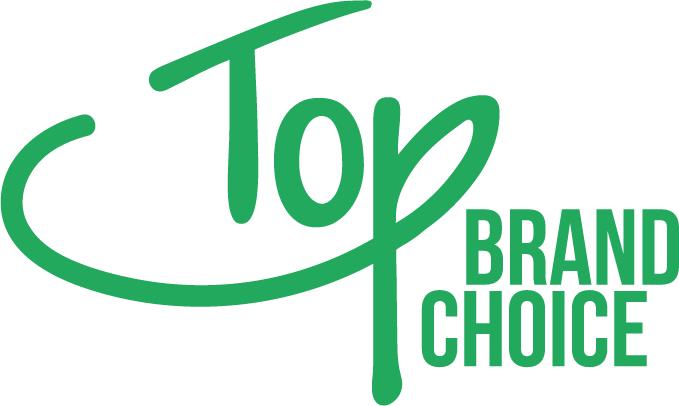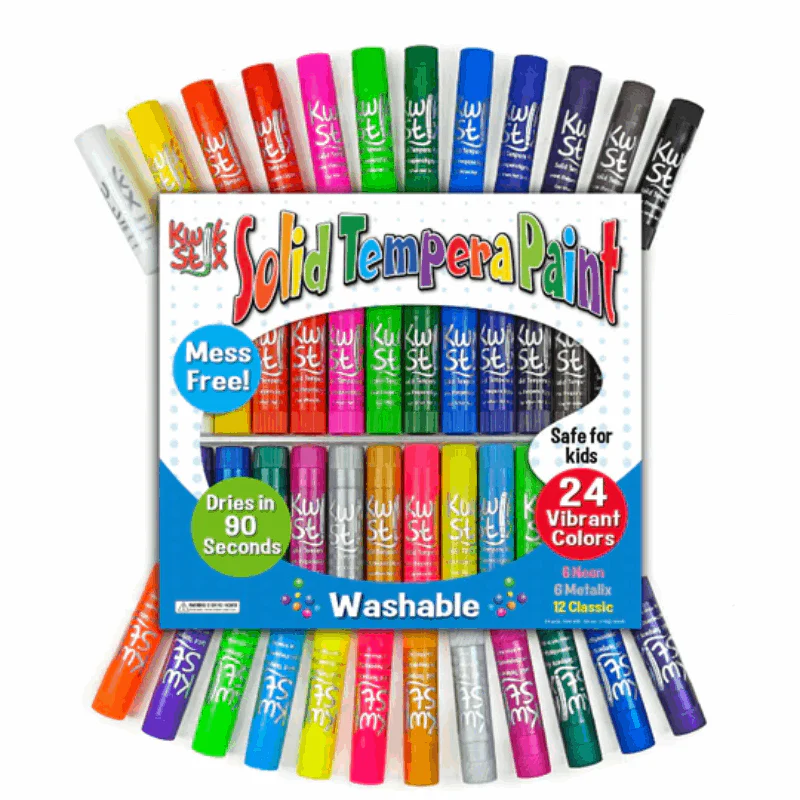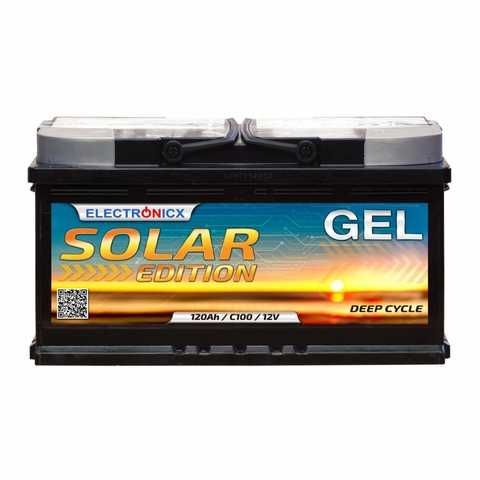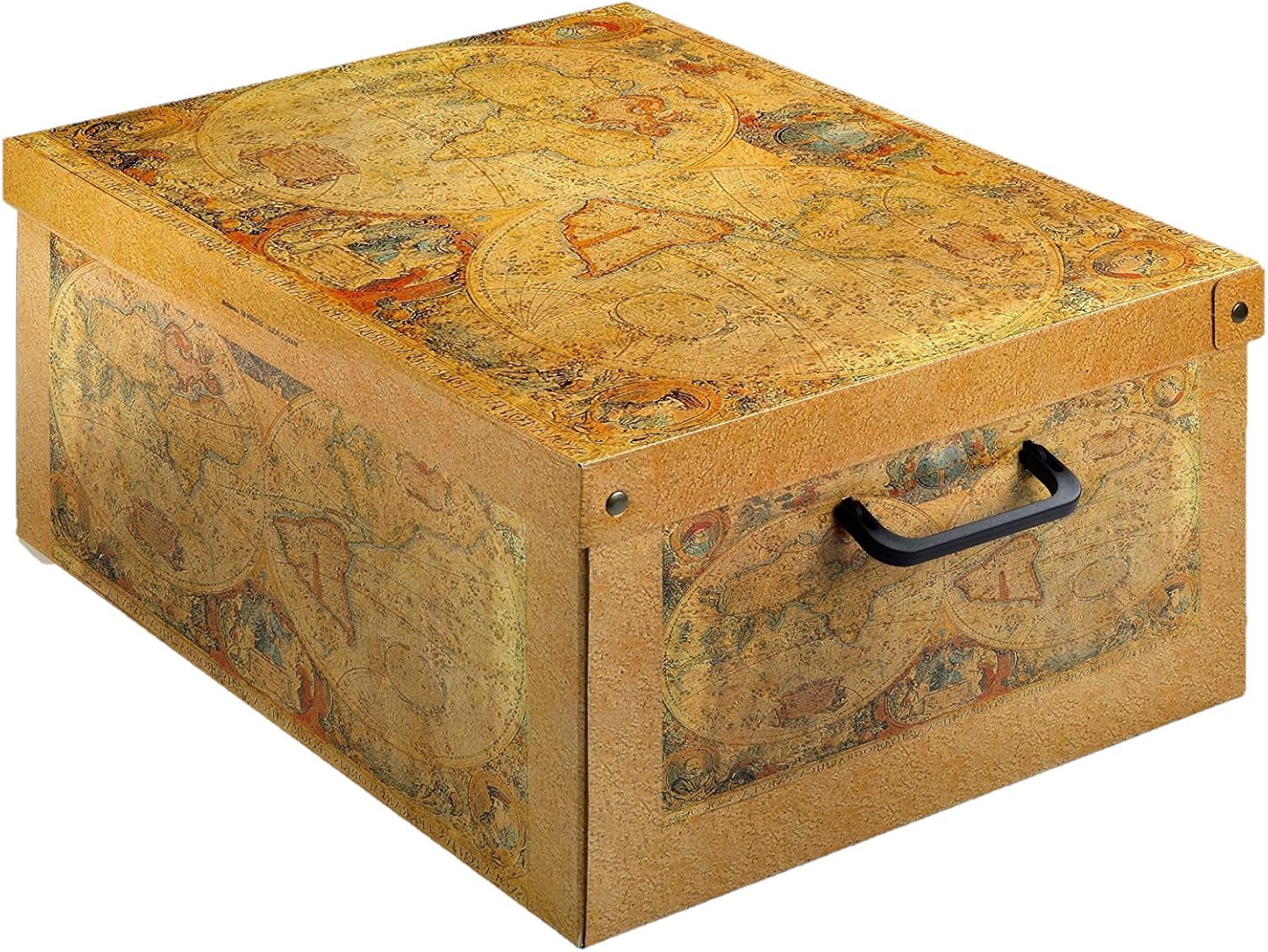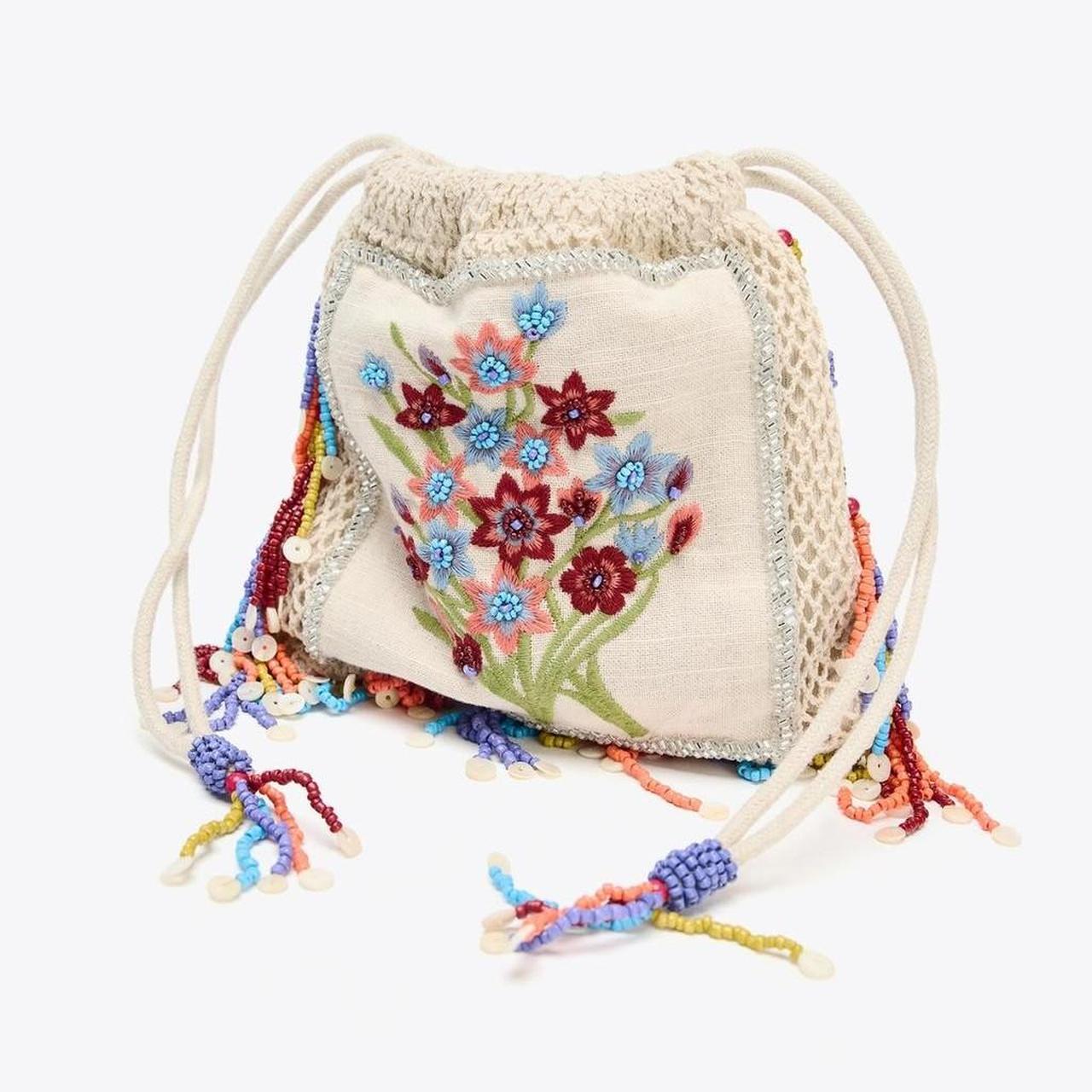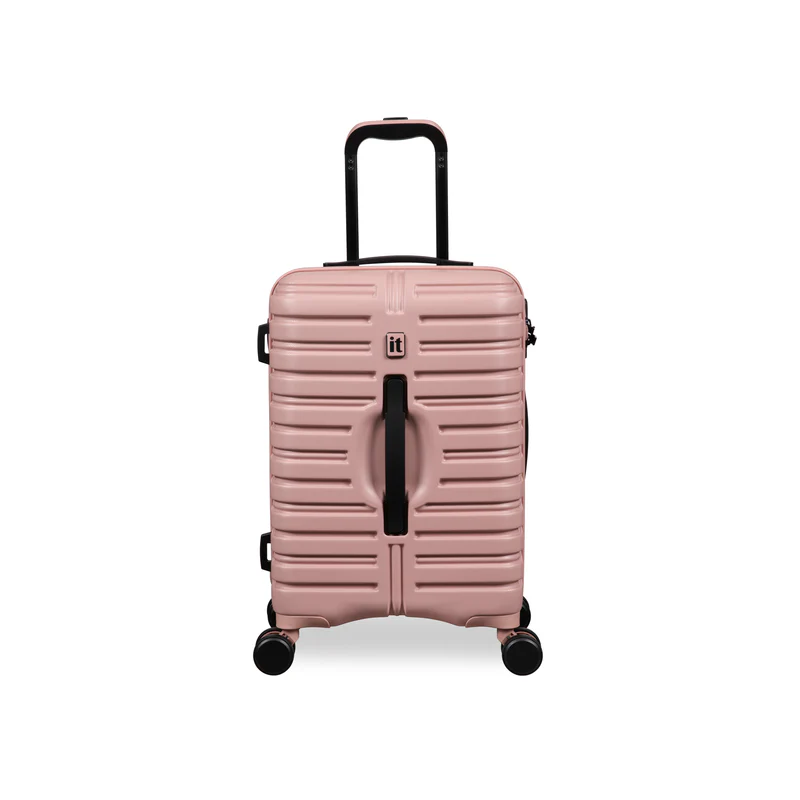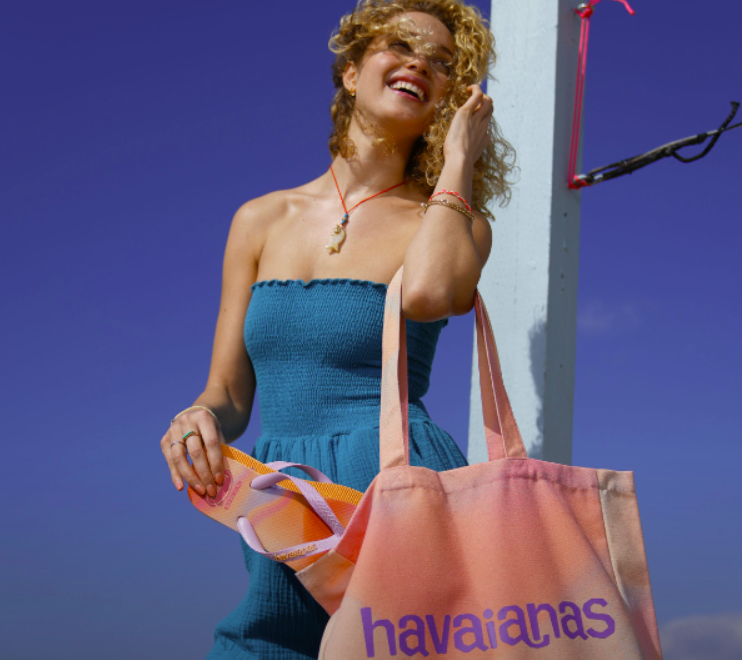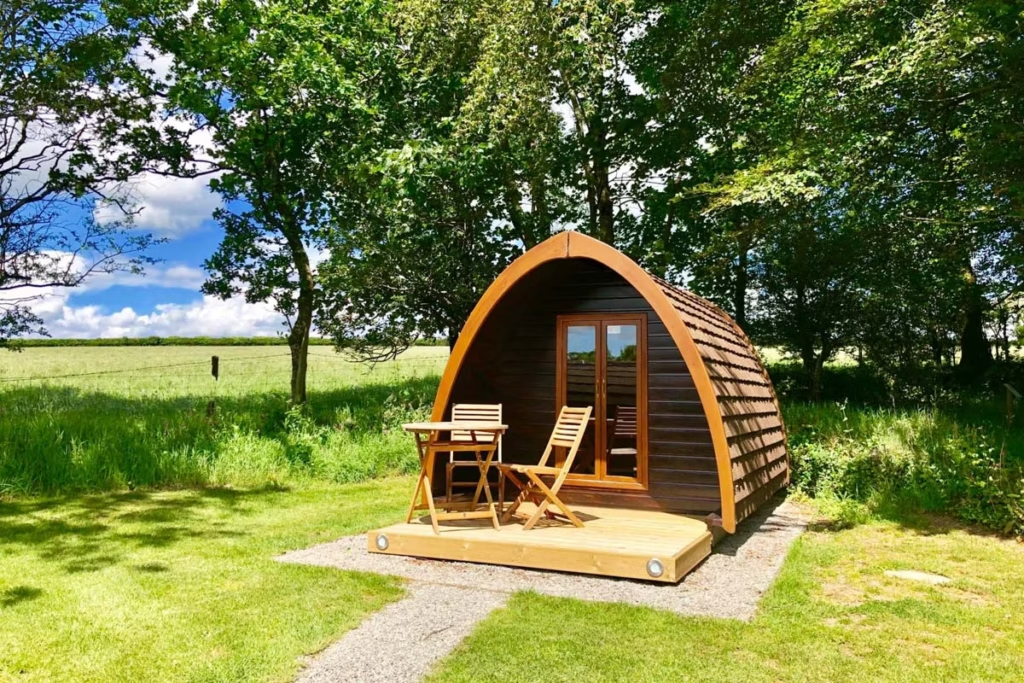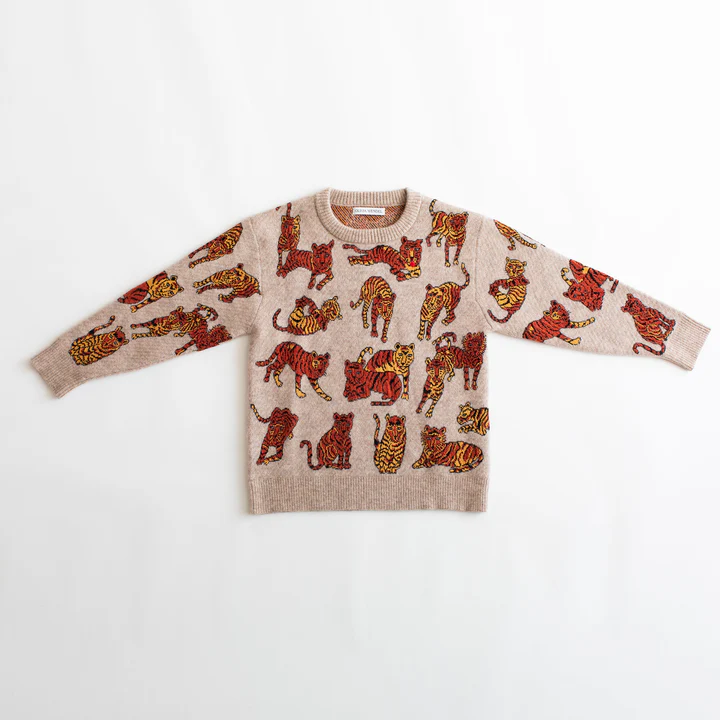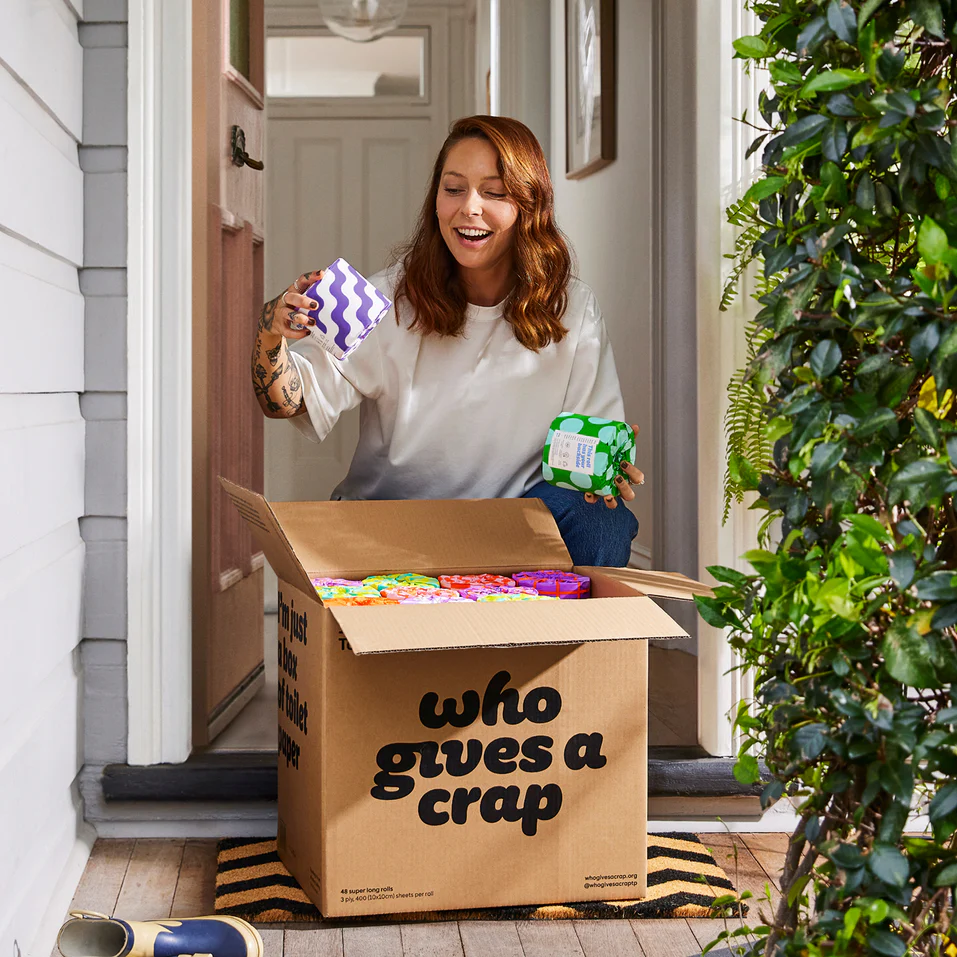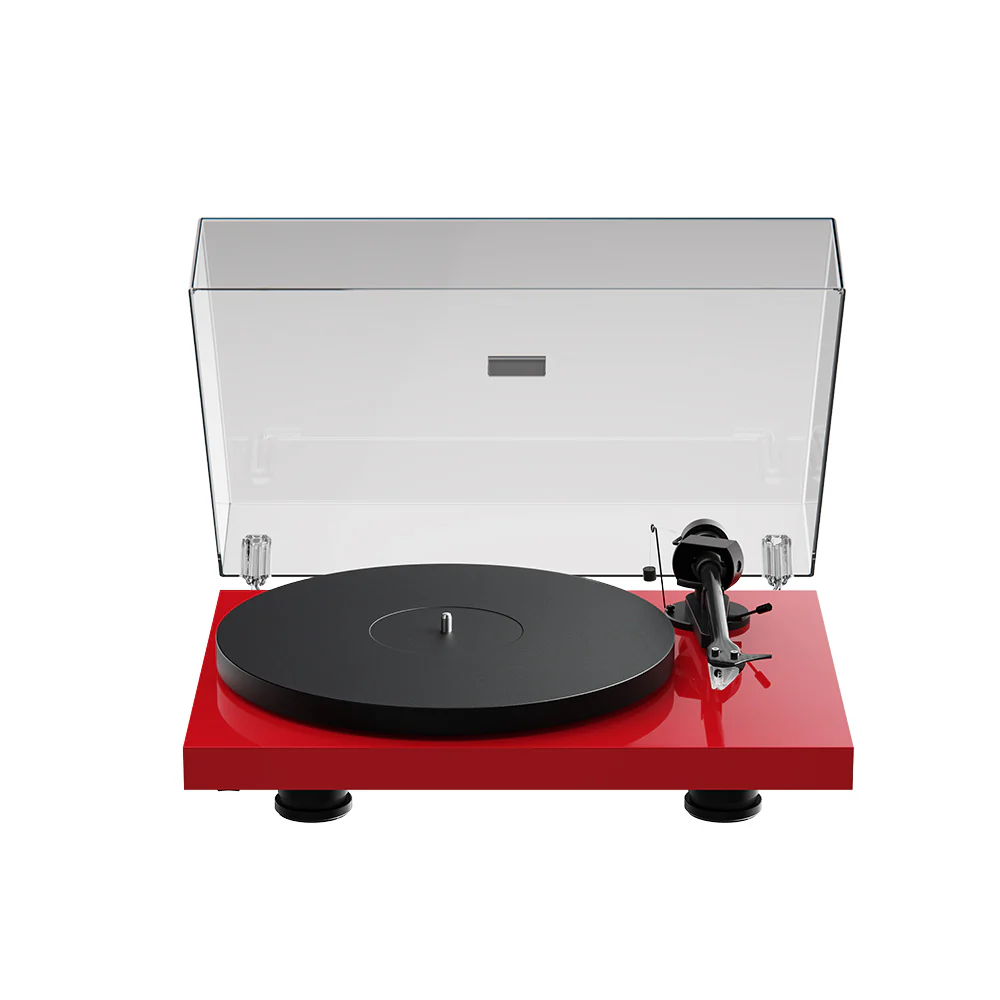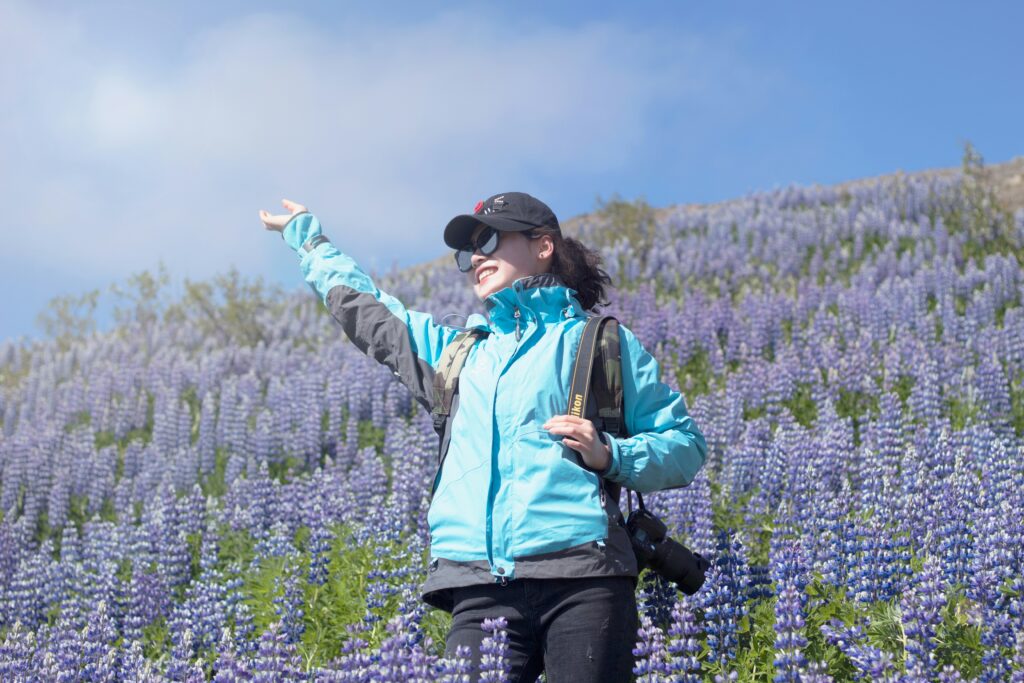A great classroom isn’t the one with the most stuff—it’s the one where every item earns its keep. In this article, we’ll show you how to turn a single curated kit into a full-day system that actually works. In this article, you’ll learn a simple room layout, the daily routines that cut transition time in half, sensory-friendly strategies that reduce overwhelm, and how to use core tools from the Classroom Favorites Bundle to scaffold independence. You’ll leave with a step-by-step playbook you can implement tomorrow morning.
Shop Classroom Favorites Bundle
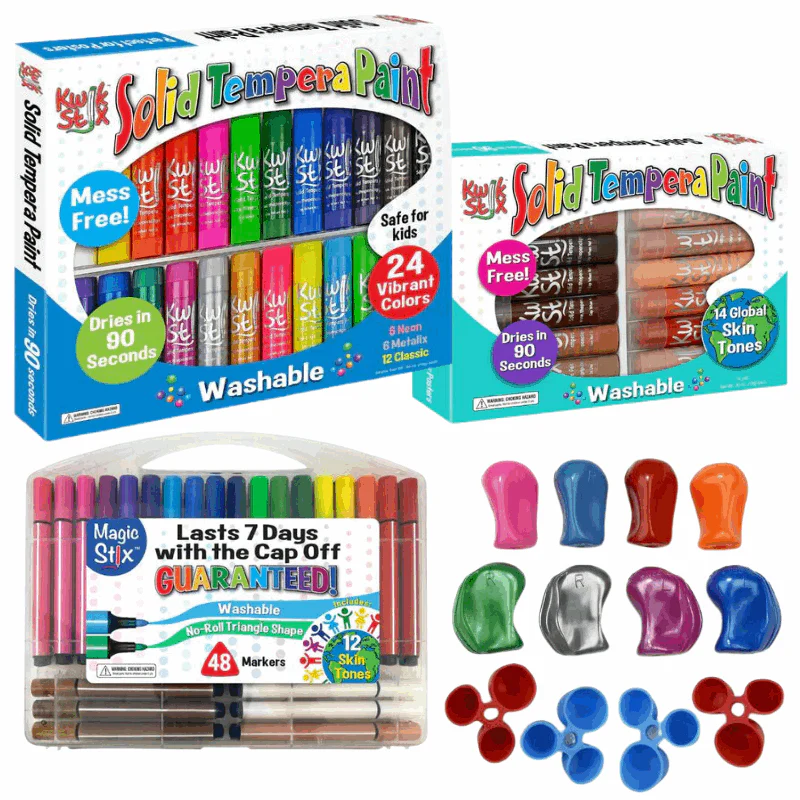
Why Start with a Bundle (and Not a Cart Full of “Maybes”)
Curated sets solve two problems: decision fatigue and gaps in coverage. When a kit is designed around real classroom routines, you get essentials that talk to each other—visuals that match timers, token boards that pair with reinforcement menus, fidgets that are durable and classroom-appropriate, and organizational tools that survive kid-handling. The Classroom Favorites Bundle anchors your day with the basics: visual supports for schedules and rules, sensory tools for regulation, and simple data/organization items so you can find what you need fast. That cohesion saves time, which is the number-one supply most classrooms lack.
Layout in 15 Minutes: Zones That Do the Work for You
Think in zones, not decorations. A minimal, high-function layout has five:
- Welcome & Schedule Zone: By the door, post your visual schedule, classroom expectations, and a “What I Need” board (feelings/regulation choices). Kids scan and settle on entry.
- Whole-Group Zone: Carpet or defined floor space + clear rules poster + visual timer. Keep visual cues at kid eye-level, not adult eye-level.
- Stations Zone: Two to four small tables for literacy, math, and fine-motor play. Each bin is color-coded and labeled with picture icons that match your schedule.
- Calm Corner (Regulation Zone): A small rug, soft lighting, and a caddy of quiet fidgets. Use a sand timer or digital timer to structure time-in, not time-out.
- Teacher HQ: One shelf, clearly labeled bins for finished work, data sheets, and reinforcers. If it doesn’t fit here, it’s not “daily-use essential.”
The Classroom Favorites Bundle feeds all five zones: schedule cards, rule visuals, timers, fidgets, token boards, and storage labels that speak the same visual language.
Shop Classroom Favorites Bundle
Morning Arrival Routine (5 Steps That Predict the Day)
- Visual Check-In: Students point to “how I feel” and pick a quick regulation choice if needed (stretch, wall push-ups, breathing card).
- Unpack & Place: Hook backpack, lunch in bin, folder in “Notes for Teacher.” Label these in words + pictures that match the bundle’s icon set.
- Warm-Up: A two-minute fine-motor or handwriting prompt from a prepped basket (clothespin game, tracing, put-in tasks).
- Token Start: Place one token on each student’s board for arriving, so reinforcement momentum starts instantly.
- Transition Timer: Use a two-minute visual timer to gather on the carpet. The consistency becomes the behavior strategy.
These five steps set independence as the default. The Classroom Favorites Bundle visuals and timers make the sequence obvious, even for non-readers or emerging readers.
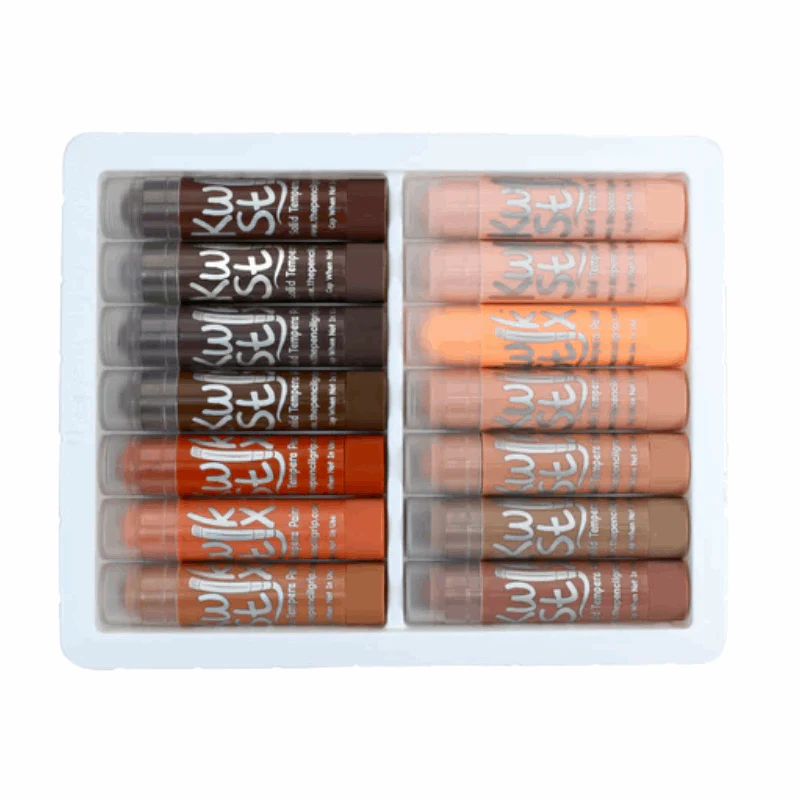
Whole-Group Time That Actually Moves
Whole-group is where classrooms drift off-task—unless you build a predictable arc:
- Micro-Goal: “We’ll read one story and do three movement breaks.” Show three removable icons and take one away after each activity; the pile-to-zero effect is magic for attention.
- Movement Every 3–5 Minutes: Use quick visual cards (clap patterns, cross-body taps). Students who need more input can hold a quiet fidget from the bundle, with the rule “fidgets are for hands, eyes on teacher.”
- Choral Response + Turn-and-Talk: Pre-teach prompts with picture cues so everyone knows when and how to respond.
- Reinforcement Moments: Token boards aren’t a crutch; they’re clarity. Award a token for specific behaviors (“You tracked the text—token!”). When boards fill, students pick from a small menu (sticker, chair choice, line leader). Keep menus visible and consistent.
The goal is momentum. The Classroom Favorites Bundle integrates the visuals, token boards, and timers that sustain it.
Shop Classroom Favorites Bundle
Stations: Independence Engineered (Three Rotations, 12 Minutes Each)
Run three stations: Teacher-Led, Partner Practice, and Independent Work/Play.
- Teacher-Led: Direct instruction, quick progress monitoring.
- Partner Practice: Turn-taking games, task cards, alphabet or number matching.
- Independent: Put-in tasks, tracing, building, sorting with picture instructions on the bin lid.
Set a visual timer for 12 minutes. When it dings, hold up the “clean–stand–point” card: students clean, stand behind chairs, and point to the next station icon. Token a few students who follow fast, then say “3, 2, 1—GO.” The Classroom Favorites Bundle provides the icons, timers, and simple reinforcers that make rotations smooth after two days of practice.
Regulation Without Drama: The Calm Corner Script
The calm corner is not exile; it’s a skill station. Teach it like any other center:
- Introduce: “When your body feels fast, you can choose Calm Corner. Here’s how we use it.”
- Choices: Breathing card, squeeze ball, textured fidget, visual count-down timer.
- Time: 3–5 minutes; student sets the timer themselves (ownership matters).
- Exit: “Ready Check”—student shows a thumbs-check visual and returns. The token board reinforces successful return, not just time spent away.
The Classroom Favorites Bundle swaps guesswork for a predictable toolkit: quiet fidgets, timers, and visuals that frame calm as a learnable skill.
Shop Classroom Favorites Bundle
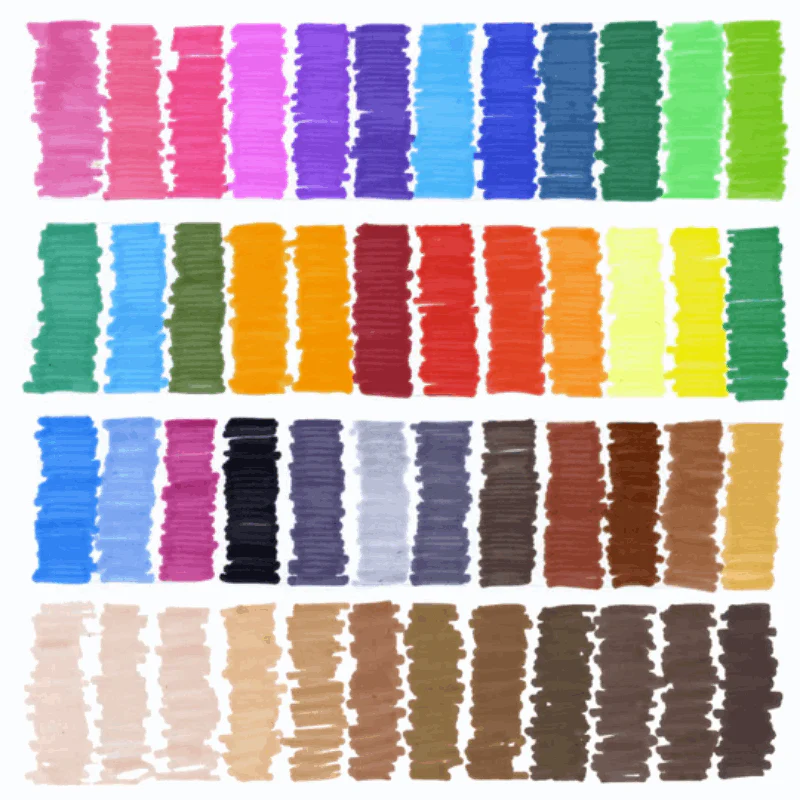
Transitions: Teach Them Like Content
Most “behavior problems” are actually transition problems. Fix them by teaching transitions as a mini-lesson:
- I Do: Model “clean–stand–point” with exaggerated clarity.
- We Do: Whole class practices with the timer running.
- You Do: Random hot-cold calls: “Show me clean–stand–point from puzzle center!”
- Reinforce: First three groups to transition earn a token; call the why (“You cleared the bin and checked the picture label—token!”).
In a week, your students will move like a chorus line. The bundle’s icons and timer make it concrete and repeatable.
One Hybrid Block (Bullets + Guidance): Fast Wins with the Bundle
Use this quick checklist to get 80% of the results on day one:
- Post the Visual Schedule at kid eye-level near the door. Remove icons as you complete activities; the visible “done” is a motivator.
- Token Boards in Pencil Boxes: One per student, plus a small reinforcer menu. Distribute tokens for effort and specific, observable behavior.
- Timers Everywhere: One large for whole group, one small for stations, one in the calm corner. Consistency > novelty.
- Match Pictures to Bins: Literacy items live in a blue bin with a book icon; math in green with a number icon. The color+icon redundancy accelerates independence.
- Teach Fidget Rules: “Quiet, below the eyes, job in hands.” If a fidget becomes a toy, it goes back and can be re-earned.
Shop Classroom Favorites Bundle
Data & Communication—Keep It Light but Real
You don’t need a binder that scares you. Use a half-inch folder with three sleeves:
- Daily Overview: Brief behavior tallies or ABC notes on sticky grid sheets.
- IEP/Goal Quick-Check: One page per student with two to three targets you can mark during teacher-led station.
- Home Note: A simple “Today I…” with icons for work, play, and behavior; staple a token to celebrate a win.
The Classroom Favorites Bundle supports this with standardized visuals so your notes echo what kids see in class.
Lunch, Recess, and Specials: How to Extend the System
- Portable Visuals: Mini schedule on a ring goes with the line leader or para.
- Line Expectations Card: “Hands to self, face forward, quiet feet.”
- Re-Entry Ritual: After recess, always use the same two-minute timer + breathing card before instruction resumes. Predictability shrinks re-entry chaos.
Inclusive by Design: UDL and Emerging Communication
Universal Design for Learning (UDL) means every student can access content and show what they know. Visual schedules and picture-labeled tasks aren’t “extra”—they’re equity. Pair visuals with spoken language, model choices with gesture, and accept demonstrations (pointing, matching, building) as valid participation. The Classroom Favorites Bundle gives you the raw materials: you supply consistency and kindness.
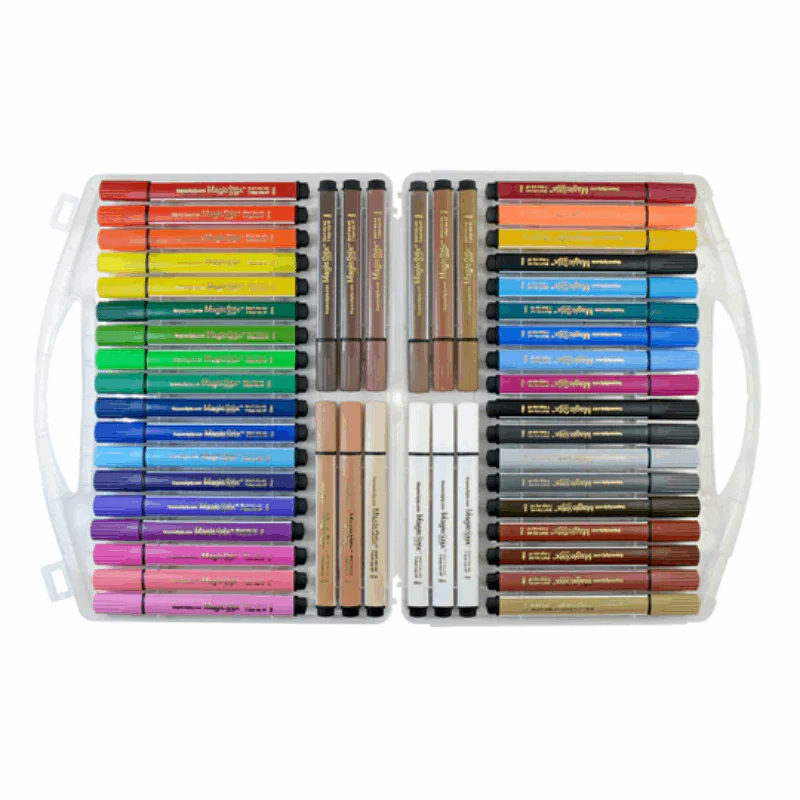
End-of-Day Routine (Close the Loop)
- Jobs: Picture job cards (line leader, librarian, cleanup captain) rotate daily; students “clock out” by moving their card to a “done” pocket.
- Reflection: Thumbs-meter visual: “How did I learn? How did I treat others?” Quick shout-outs earn the last tokens of the day.
- Pack & Preview: Pack backpacks, then preview tomorrow’s first icon on the schedule to lower morning anxiety.
Troubleshooting: If the Wheels Wobble
- Tokens “Don’t Work”? Likely too vague. Tie tokens to specific, observable behaviors and let students trade for a small, immediate reinforcer at first (then stretch time gradually).
- Fidgets Become Toys: Re-teach the rule, offer a choice of two quieter options, and use a short visual timer for “fidget break,” then back to task.
- Schedule Meltdowns: Pre-warn with a “Change” icon. Practice micro-changes during low-stakes times so students build flexibility.
- Station Chaos: Shorten rotations to 8–10 minutes for a week, tighten visuals on bin lids, and praise the first table to clean precisely.
Conclusion
Classrooms thrive on clarity, not complexity. When visuals, timers, token systems, and sensory tools speak the same language, students understand what’s expected and how to succeed. The Classroom Favorites Bundle compresses years of trial-and-error into a starter kit that supports predictable routines: arrivals that settle fast, whole-group that actually moves, stations that run themselves, and transitions that feel safe. Layer in a calm corner and portable visuals, and you’ve built a room where independence grows every week—because the system is clear, consistent, and kind. Start with the five zones, teach transitions like content, and let the bundle’s tools do what they’re designed to do: make great teaching easier.
Shop Classroom Favorites Bundle
FAQ
- What ages is the Classroom Favorites Bundle best for?
Elementary grades (K–3) and special education settings across ages, especially where visual supports and routine-based teaching help students access learning. - Will these visuals help non-readers or emerging readers?
Yes. Picture icons paired with spoken language let students follow routines, make choices, and anticipate transitions without decoding text. - How do I keep token systems from taking over instruction?
Keep tokens visible but quick. Name the behavior, place the token, and move on. Reinforcers should be brief and earned often at first, then faded as independence grows. - What’s the simplest way to set up stations?
Three stations, 12 minutes, with picture-labeled bins and clear “clean–stand–point” visuals. Use a timer and practice the switch multiple times on day one. - How do I prevent fidgets from becoming distractions?
Teach the rule (“quiet, below the eyes, job in hands”). Offer two approved fidgets and a brief timer. If misused, remove and allow re-earning later. - Can I use the bundle for inclusion in general education?
Absolutely. Visual schedules, rule posters, and quiet sensory tools benefit all learners and reduce repeated verbal reminders. - How do I communicate progress to families without extra paperwork?
Use a one-page daily note with matching icons from the classroom, staple a “celebration token” on bigger wins, and snap a photo of completed work bins once a week. - What if my class has big behavior spikes during transitions?
Shorten activities temporarily, increase visual predictability, pre-teach the next step, and award tokens for the first students who transition cleanly—others will follow the modeled success.
